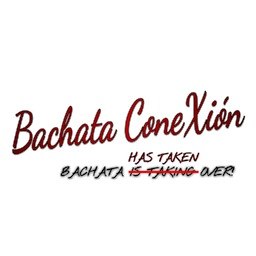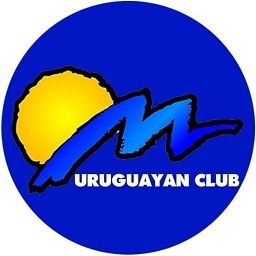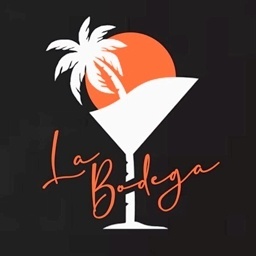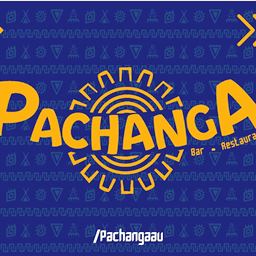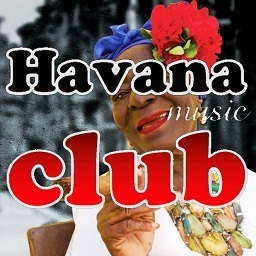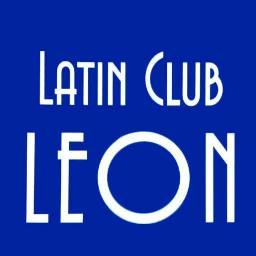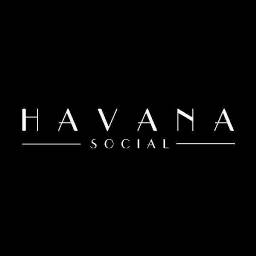Gabriela Anders was born to music amidst the grace, paradox and tradition of Argentina.
Gabriela studied classical guitar privately, and music and piano at a Conservatory in Buenos Aires.
Adding to the musical medley was her father’s influence (a noted jazz saxophonist and arranger) which became even stronger than her classical studies. After finishing high school, Gabriela decided to move to New York.
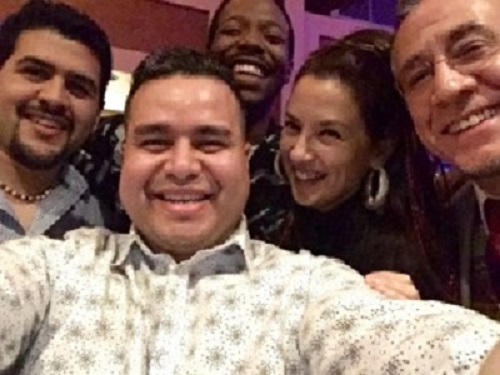
There she studied orchestration for brass and strings in a class conducted by Don Sebesky and composition at Hunter College. Gabriela started to write her own material. Her studio and club work took off leading to a record deal with major label Warner Brothers Jazz.
Gabriela Anders’ debut album on Warner Bros. Records, (1999) “Wanting” is brimming with vocal subtlety; although smooth, it is anything but simple. It features arrangements and production by Paul Brown, George Duke, Allain Mallet and Anders herself.
The album elicited much praise for Anders’ vision and impassioned vocal style.
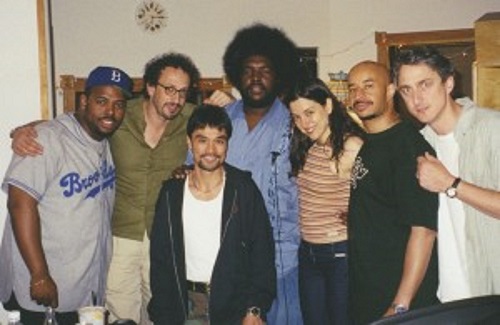
Her unique marriage of Brazilian, Latin and Jazz led to Vogue and People Magazine describing Anders and her music as “exotic and bold”, “wonderfully soulful”, and “one of the most distinctive new voices to hit the music scene in years”.
Her second record for Warner Bros Records was a European release entitled “Gabriela” which featured an array of world-class sidemen, including Christian McBride, Amir “Questlove” Thompson and Kirk Whalum. Again, she contributed ten of the album’s twelve tracks.
Her next CD “Last Tango in Rio” was released in 2005 by major label EMI. “Last Tango in Rio” is a collection of songs closely associated with Billie holiday that have been uniquely transformed by Gabriela’s interpretation and orchestration.
Hailed by critics (Los Angeles Times, Billboard magazine and People magazine)) as highly -original and creative presentation of standards, “Last Tango in Rio” represents a fresh and effervescent take on a classic song book that has previously defied reinvention.
In October of 2009, JVC Japan released her CD “Bossa Beleza“. “Bossa Beleza” blends her own immediately recognizable sound with that of her first musical love, classic Bossa Nova.
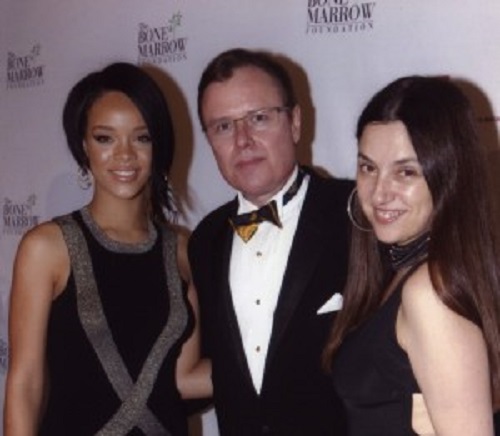
Gabriela Anders‘ 2015 album, “Cool Again”, beautifully displays the significant gifts as singer, vocal orchestrator, songwriter and bandleader she has steadily developed through her previous releases. The mix of original and cover songs on “Cool Again” finds Gabriela at her best.
The soulful funk of the original title track is a classic example. Its message of empowerment can be considered a core theme in Gabriela’s lyrics and a source of her resonating appeal as a performer, entertainer and artist.
2020 CD ‘The Ring‘: While facing the fear and uncertainty of the virus in New York City, Gabriela recorded a piano/voices collection of songs at her home studio, creating intimate portraits of inner struggle and redemption against the bizarre backdrop of the pandemic.
The project’s three pianists – Jim Ridl, Jean-Michel Pilc and Jon Cowherd – are radically different stylists from different corners of the world, here each offering their unique sensibilities to Gabriela’s voice and music.
2021 CD release Gabriela Anders’ ‘Los Dukes’! Los Dukes is a new 9 piece band arranged and directed by Gabriela Anders, featuring songs from the Duke Ellington’s catalog done in wildly distinctive Latin American styles. A Latina’s tribute to the music of Duke Ellington.
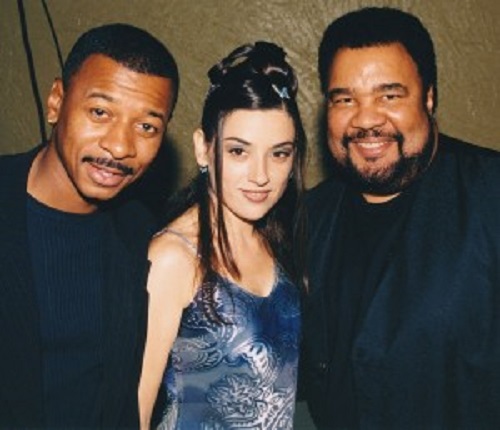
Los Dukes, pays loving tribute to the elegant GENIUS of Duke Ellington and includes some of the best Latin Jazz players on the New York scene.
Hailed by critics (Los Angeles Times, Billboard magazine and People magazine) as ‘highly original and creative artist’, a ‘multi-talented artist who is destined to leave her mark on the jazz world’ and the ‘most promising jazz influenced artists today’.
Gabriela Anders – Último Tango En Rio (2004)

Temas:
- Te Subes A Mi Cabeza
- Abracadabra
- El Amor Llegó Para Quedarse
- Dios Bendiga Al Niño
- Abrázame
- Buenos Aires Mix, El
- Cuerpo y Soul
- All Your Love
- Meant To Be
- ‘Til The End of Time
Músicos:
Gabriela Anders (Voz, teclados)
Romero Lubambo (Guitarra)
John Benitez (Bajo)
Wayne Krantz (Guitarra)
Portinho (Batería, percusión)
Gabriel Rivano (Bandoneón)
H. Martignon (Teclados)
Tito Castro (Bandoneón)
Donald Edwards (Batería)
Jorge Anders (Saxo)
Jorge Alfano (Flauta, flauta andina, charango)
Información realizada (22 de abril de 2009)
Also Read: Samuel Quinto Feitosa is a Brazilian virtuoso jazz and classical pianist























